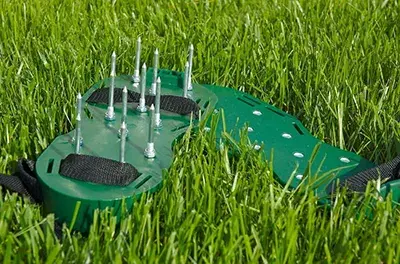Sooty mold disease is difficult because once it established, it is very hard to remove. This disease is a frequent challenge with deciduous trees and shrubs including:
- Crepe myrtles
- Chinese elms
- Hollies
- Silver maples
- Sugar berries
- Plants that grow beneath any of the above plants
Sooty mold typically grows on insect excrement, also called honeydew. It coats the leaves, stems, and fruit of your plants. Although the mold isn’t parasitic, it can diminish the photosynthetic ability of leaves by obstructing light. Sooty mold is a good sign that your plant is infested with insects including aphids, scale, mealybugs, or whiteflies
The best solution for sooty mold is to solve the insect problem. This will stop the sugar deposits and the mold will eventually go away. Water-splashed spores or air-borne spores may transport fungi from plant to plant.
You can remove sooty mold from your plants by simply washing the leaves with warm, soapy water. To more efficiently remove the mold from plants, spray with a detergent mixture using 1 tablespoon of household liquid detergent per gallon of water. Wait fifteen minutes before rinsing off with high-pressured water.


.png?width=1142&height=1350&name=Holiday%20Decor%202025%20LP%20-%20548x648%20%20(1).png)


